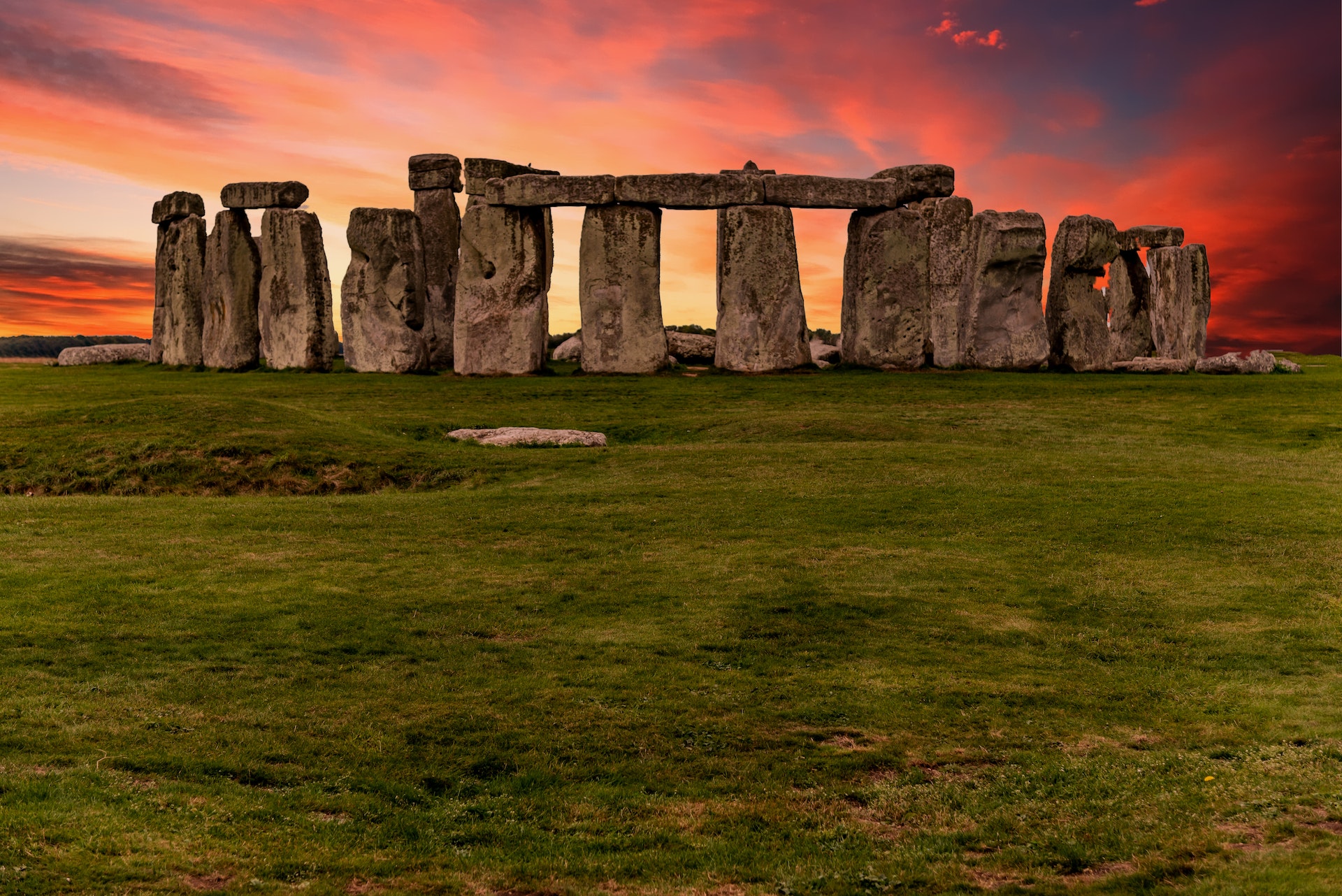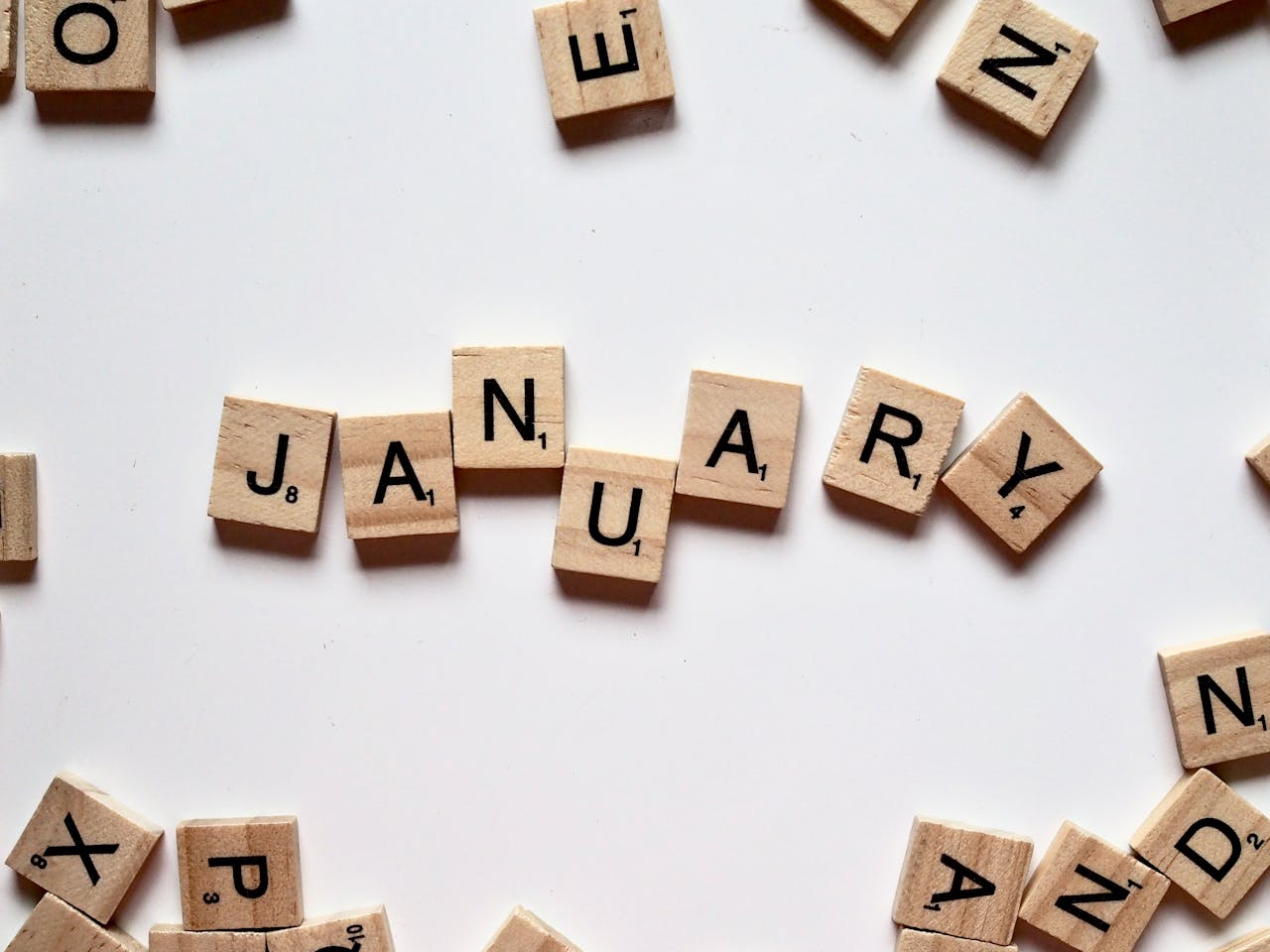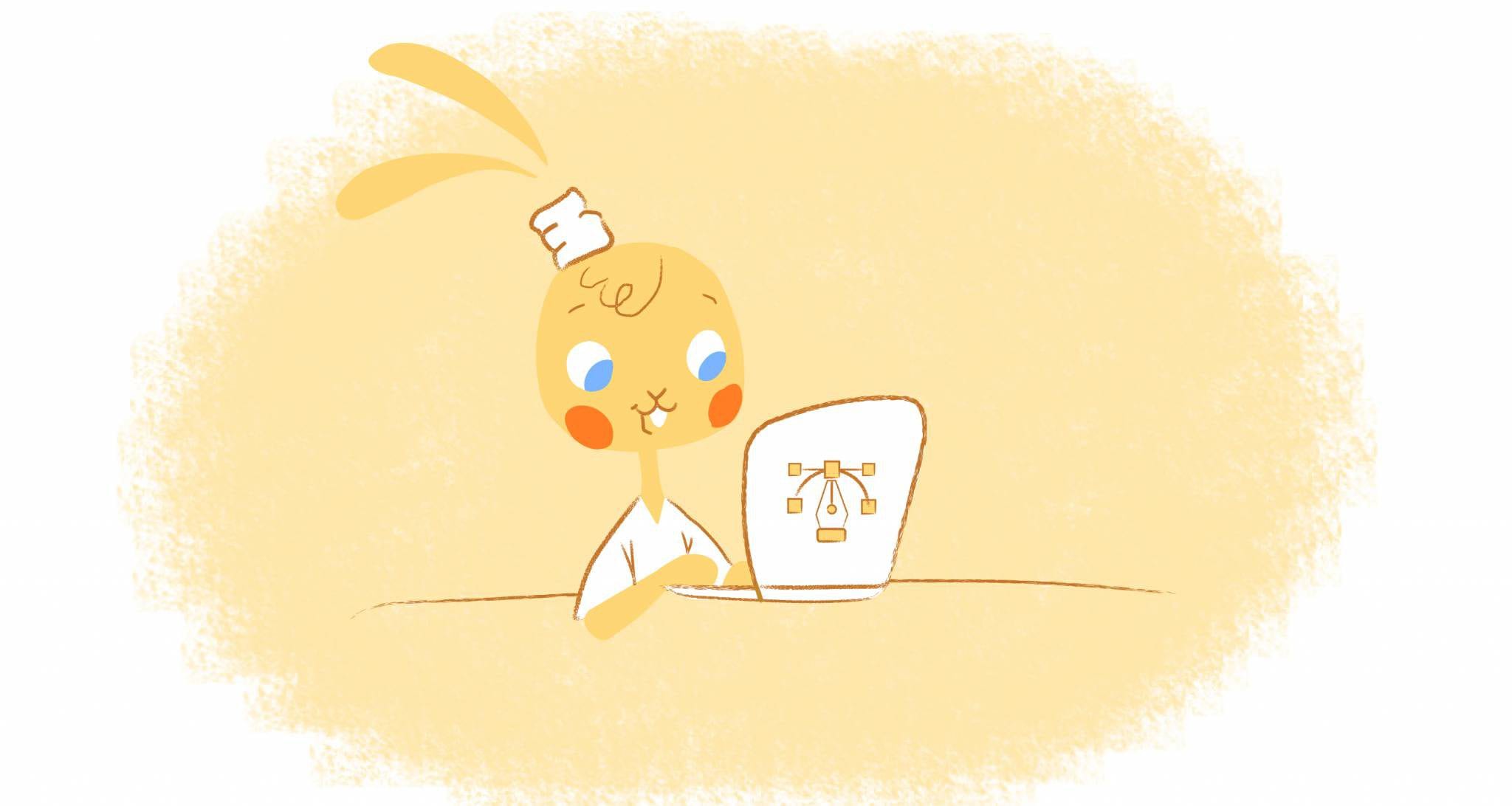

Our civilization relies on calendars to organize and measure time. Culture, religion, and astronomy have all influenced calendars throughout history. The calendar evolution has been extreme dating back to ancient civilizations and developing into today’s sophisticated systems. In this blog post, we examine the incredible origins of calendars and trace their development.
Ancient Calendars
Evidence shows that dates from ancient civilizations like the Sumerians, Egyptians, and Mayans used calendars.
In the beginning, calendars were lunar-based because moon phases were easy to measure. In Sumerian culture, the year was divided into 12 months based on the lunar cycle.
One of the most famous ancient calendars developed by the Egyptians is the Egyptian or Sothic calendar. 365 days were divided into 12 months of 30 days, with five or six extra “epagomenal” days added at the end.
The Egyptians’ knowledge of astronomy contributed most to the development of this calendar.
Known for their advanced understanding of astronomy, the Mayan civilization created the Mayan Long Count calendar. Because it combines lunar and solar cycles, it’s super accurate. With this calendar, we reached an important milestone in calendar development. There are 18 months with 20 days each, plus a five-day “Wayeb” period.
The Roman Calendar and Julian Reform
As a lunisolar calendar, the Roman calendar was based on both lunar and solar cycles. As a result, it was sometimes out of sync with the seasons and was very difficult to use.
Calendar evolution came as a reformed Roman calendar, introduced by Julius Caesar in 46 BC. Based on the Julian calendar, there were 365.25 days in a year. Every four years, leap days are added to achieve this. The Julian calendar stayed the most accurate for more than 1,600 years.
It was not until 1582 that the Julian calendar was replaced by the Gregorian calendar. In terms of accuracy, the Gregorian calendar is better than the Julian calendar.
There were some key changes to the Roman calendar as part of the Julian reform.
- Leap years have 366 days, while ordinary years have 365.
- After February 24, every four years, there’s a leap day.
- The months are named after Roman gods and goddesses, except for January and February.
- The new year started on January 1.
- The calendars were synchronized with solar years, so seasons didn’t drift.
In short, the Roman system was restored with the Julian calendar.
For more than 1,600 years, the Julian Calendar remained in use, and many of today’s calendars are based on it.
The Julian calendar has the following benefits:
- It was more accurate than the old Roman calendar, and the seasons aligned with it.
- The system was easier to use and made time tracking easier.
- The Roman Empire standardized its calendar thanks to it.
As a result of the Julian calendar, the Roman Empire became more efficient and well-organized.
The Gregorian Calendar and Modern Systems
Today, the Gregorian calendar is the most popular. In 1582, Pope Gregory XIII reformatted the Julian calendar. On the Gregorian calendar, leap days happen every four years, except for years divisible by 100 but not 400. Keeping the Julian calendar in sync with the seasons is why this change was made.
Catholic countries adopted the Gregorian calendar in 1582, while Protestant countries adopted it in the 17th and 18th centuries. More than 190 countries around the world use it today.
Today, there are several other calendars besides the Gregorian calendar. Among them are the Islamic calendar, the Hebrew calendar, and the Chinese calendar. In these calendars, months and years have different lengths based on astronomical principles.
The modern systems that use the Gregorian calendar include:
- For dates and times, ISO 8601 is the standard
- As a 32-bit integer, the Unix timestamp represents the number of seconds since January 1, 1970, 00:00:00 Coordinated Universal Time (UTC).
- Days since 1 January, 0001 are represented by seven digits in the Gregorian calendar.
Computing, data storage, and timekeeping are just a few of the applications of these systems.
The Gregorian calendar has the following advantages:
- Compared to the Julian calendar, the Gregorian is more accurate and keeps the seasons on track.
- Communication between people from different cultures is easier thanks to its widespread use worldwide.
- This calendar is based on a solar year, which aligns more with Earth’s orbit.
However, using the Gregorian calendar can be challenging for the following reasons:
- Using the Gregorian calendar to convert dates can be confusing.
- To keep UTC in sync with Earth’s rotation, leap seconds are sometimes added to the Gregorian calendar.
- The Gregorian calendar will inevitably drift away from the seasons again in the future.
Overall, the Gregorian calendar is well-designed and widely used. It is accurate, consistent, and easy to use. However, it is imperfect and will eventually need to be modified to keep it in sync with the seasons.
The Digitization of the Calendar
Early attempts to replace traditional paper-based calendars with electronic alternatives can be traced back to the early days of computing. Using computer technology, a digital calendar manages and organizes time, appointments, and events. In brief, here are some key milestones in the development of digital calendars:
The Birth of Digital Calendars
Computer calendars were a calendar evolution first explored back in the 1960s. These calendars were a lot less user-friendly than today’s digital ones. In most cases, scientists or institutions used these calendars.
The Rise of Personal Computers
Personal computers emerged in the 1970s, allowing individuals to create their own digital calendar applications. In 1979, Dan Bricklin and Bob Frankston created the Planner application, which ran on the Apple II computer. Using the Planner, users could create rudimentary calendars using an electronic spreadsheet.
- 1980s – Lotus 1-2-3 and Microsoft Works. Spreadsheet software such as Lotus 1-2-3 and Microsoft Works included basic calendar functionality in the 1980s, making computers more popular for scheduling.
- 1983 – Apple Lisa’s Desk Accessory. In 1983, the Apple Lisa was released with a desk accessory called a “Calendar.” This was Apple’s first attempt to integrate calendaring into a personal computer’s user interface.
- 1984 – Apple Macintosh’s Macintosh Office. Apple released the Macintosh Calendar with the original Macintosh computer.
By 1990, Microsoft Office suite introduced Microsoft Outlook. With email, contact, and calendaring features combined into one application, it is a popular choice for both personal and professional use. Digital calendaring quickly became dominated by Outlook.
The Internet Revolutionizes Calendars
As the internet took hold in the 1990s, digital calendars took on a whole new dimension. Through online calendar services, users can view their schedules on any device connected to the internet. Sharing calendars and collaborating makes these platforms great for personal and professional use.
Among the earliest web-based calendars are Yahoo Calendar from 1998 and Google Calendar from 2006.
Also, in the 1990s and early 2000s, most personal digital assistants (PDAs) and enterprise digital assistants (EDAs) included digital calendars. However, the early 2000s saw the demise of PDAs and EDAs in favor of smartphones and tablets with similar features.
The Era of Mobile Calendars
In the early 2000s, smartphones resulted in more calendar evolution, making digital calendars more accessible and convenient. Users can seamlessly integrate their calendar with other apps and services on mobile devices using native calendar apps. Mobile features like push notifications, event reminders, and automatic synchronization with online calendars simplified time management.
As smartphones and mobile devices became more common, calendar apps became integral to their operating systems. With seamless integration with email, contacts, and other apps, they were more convenient and easier to use.
Present Day — Cloud-Based and AI-Driven Calendars
With digital calendars, you can sync your calendar across multiple devices. Further, calendar apps incorporate artificial intelligence to provide smart scheduling suggestions, event prioritization, and natural language processing to make event creation easier.
There is still a long way to go in the evolution of the digital calendar. In the future, calendar applications will become even more innovative and powerful as new technologies emerge.
Among the trends likely to influence digital calendars in the future are:
- It’s now easier to integrate with other devices and services.
- Time and task management features are more powerful.
- A greater degree of personalization and customization.
- A greater focus on privacy and security.
It has been a long journey since the humble beginnings of the digital calendar. Regardless of age or background, it is a vital tool these days. Future calendar evolution will be even more innovative and powerful as new technologies emerge.
The Future of Calendars
In terms of the future of calendars, the following trends are likely to emerge:
- Intelligent scheduling. A calendar will be more intelligent, recommending times and events based on your schedule and priorities based on artificial intelligence (AI). It is also possible that they can suggest alternative times for meetings if there is a conflict, or they can reschedule events automatically if you have a conflict.
- Personalization. As your preferences and habits change, your calendar will become more personalized. For instance, they can suggest meeting times outside your typical work hours.
- Integration. There will be more integration between calendars and other devices and tools. It will be easier to stay organized and track your commitments if they sync with your email, to-do list, and fitness tracker. By doing so, you will be able to keep organized.
- Augmented reality (AR). With AR calendars, you can see your schedule in real-time. This could be beneficial when navigating to meetings or remembering what to do next.
- Efficiency. With a more efficient calendar, you will be able to save time and accomplish more. They can, for example, be used as a meeting scheduler or create agendas automatically.
As a whole, calendars have a bright future ahead of them. In the future, calendars will be more helpful, efficient, and personalized with the help of AI, personalization, integration, and augmented reality.
FAQS
What is the oldest calendar?
Sumerian calendars date back to 3100 BC, making them the oldest. Each Sumerian month consisted of 29 or 30 days, according to the lunar cycle.
How did the calendar evolve overtime?
Over time, calendars have evolved to be more accurate and seasonally accurate.
Julius Caesar introduced the Julian calendar in 46 BC, which was much better than the Roman calendar. He added an extra day to February every four years to keep it on schedule with the seasons.
Pope Gregory XIII invented the Gregorian calendar in 1582; most countries use it today. A more accurate calculation of leap years was one of the improvements of the Gregorian calendar over the Julian calendar.
What are the different types of calendars?
Solar, lunar, and lunisolar calendars are the most common types of calendars.
- A solar calendar is based on the Earth’s orbit around the Sun, which takes about 365 days. Typically, solar calendars have 12 months with 30 or 31 days each.
- Unlike solar calendars, lunar calendars are based on the Moon’s orbit around the Earth. There are 12 months on a lunar calendar, each with 29 or 30 days.
- The lunisolar calendar combines the solar calendar and the lunar calendar. To keep the calendar in sync with the seasons, lunisolar calendars have 12 months, each with 29 or 30 days.
Why did the calendar change over time?
Many factors contributed to the change of the calendar over time, including:
- To maintain seasonally accurate calendars.
- Adapting practices based on religion or culture.
- Streamlining and simplifying the calendar.
What is the future of the calendar?
Several trends could shape calendar evolution in the years to come, but its future remains uncertain. The following trends are among them:
- Digital calendars are becoming more popular.
- There has been an increase in the popularity of non-Western calendars.
- There is a need for a more accurate and inclusive calendar.
Throughout history, the calendar has evolved continuously. It’s up to the needs of its users and technological advancements to determine the future of a calendar.
Image Credit: Photo by John Nail; Pexels; Thank you!











Deanna Ritchie
Editor-in-Chief at Calendar. Former Editor-in-Chief and writer at Startup Grind. Freelance editor at Entrepreneur.com. Deanna loves to help build startups, and guide them to discover the business value of their online content and social media marketing.